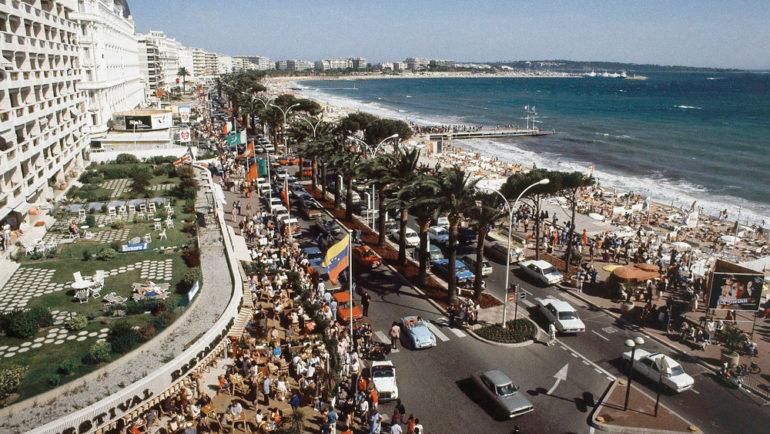Cannes Marche Adds More Tech, VR to Program Lineup
By Ben Croll
LOS ANGELES (Variety.com) – The Marché du Film has often tried to keep one eye on the future.
Between 1998 and 2001 it ran MITIC — the International Market of Technologies and Innovation in Cinema — a new-media pavilion specifically designed to introduce market attendees to the latest innovations in digital cameras and projectors. Though that specific project went dormant for a decade once the technologies it presented became industry standard, it returned in spirit when organizers introduced the Next pavilion in 2014.
For the past six years, the Next pavilion’s more fluid goal has been to familiarize attendees with the technologies, debates and new-media models that would shape the industry in the years to come, whatever they may be at the time.
Throughout its first few editions, Next offered conferences and roundtables on subjects like crowdfunding and on-demand streaming, then shifted toward a more VR focus in subsequent years.
This year marks a clean break, as Marché organizers will separate all VR content from Next.
This year, Next will explore questions of blockchain and big data, bringing in tech start-ups to outline the technology’s potential benefits in the fields of international distribution and applied financing.
Meanwhile, the Marché will offer producers and distributors of virtual and augmented reality content their own dedicated space with the new Cannes XR program.
“VR has become so important that we took it out of Next,” explains Cannes Market topper Jerome Paillard. “While Next is very much meeting-based, there isn’t much to actually see. For Cannes XR we will be able to organize screenings. So it made sense to plan then them separately.”
Running from May 14–19 in the space that will later become the Short Film Corner, this first edition of Cannes XR will offer pitch sessions before studios, investors and producers, and will screen between 60–70 new VR projects — a number that is actually a step down from the amount presented last year.
“We’ve been more selective,” explains Paillard, “[because] we’re beyond simple curiosity about the format. People already know how it works, and instead are looking for innovation and quality.” More to the point, Paillard’s interest is less with the technology itself than in how it correlates with existing distribution pathways in the global film business.
“As a technological tool, VR has a bright, bright future, and it will become integral in aeronautics, architecture and many other fields. But our interest is cinema,” he adds.
The Marché is also expanding its tech focus outside those two pavilions. This year they will introduce Talque, a targeted matchmaking application attached to Cinando.
“In Cinando, you used to just describe yourself and your own activity,” says Paillard. “You didn’t describe what you were looking for. Now we’ll offer that as well, and for those who consent, the application can offer matches along those criteria. People can message others and say, ‘Let’s meet at the dedicated space at this hour,’ and we will have numbered tables reserved for them.”
By making the Marché a meeting point for many of actors that have drawn fault lines in the distribution marketplace, Paillard hopes to eventually move beyond some of the current disputes.
“The debate about what constitutes a film, whether that implies a theatrical release or not, that’s a political debate, and I don’t recognize our place within it,” he says.
“The question is, what is the cinema of tomorrow, independent of the concerns between exhibitors and streamers? [Instead, we ask] how can we accompany that which we believe in? How can we assure the continuity of this concept that we call a film — something that is defined by certain intrinsic characteristics — and how will this format continue to find financing and distribution in the future?”

